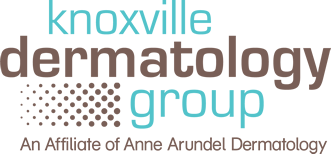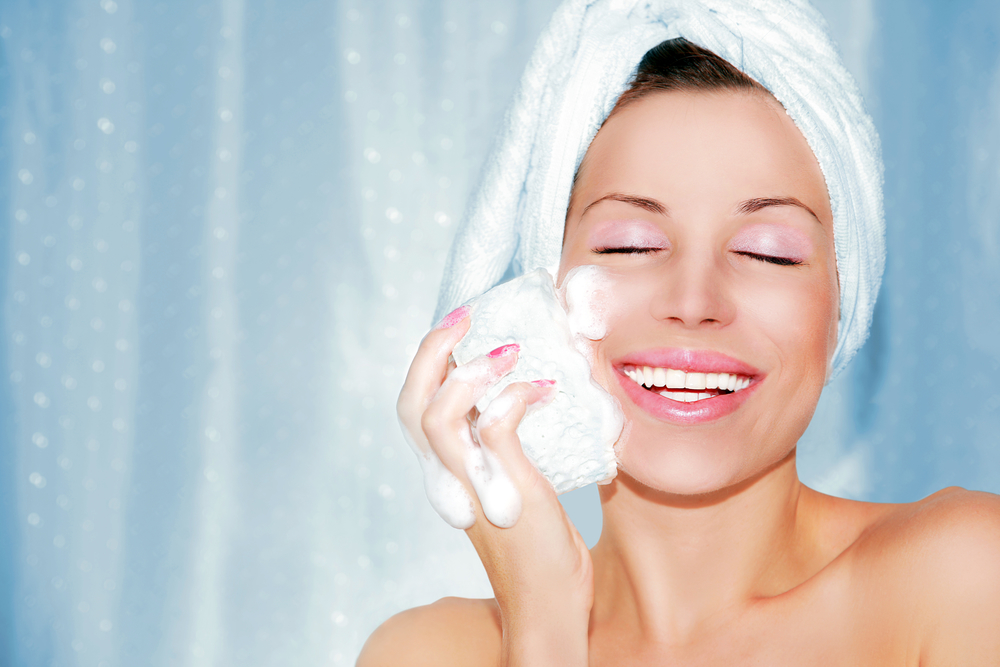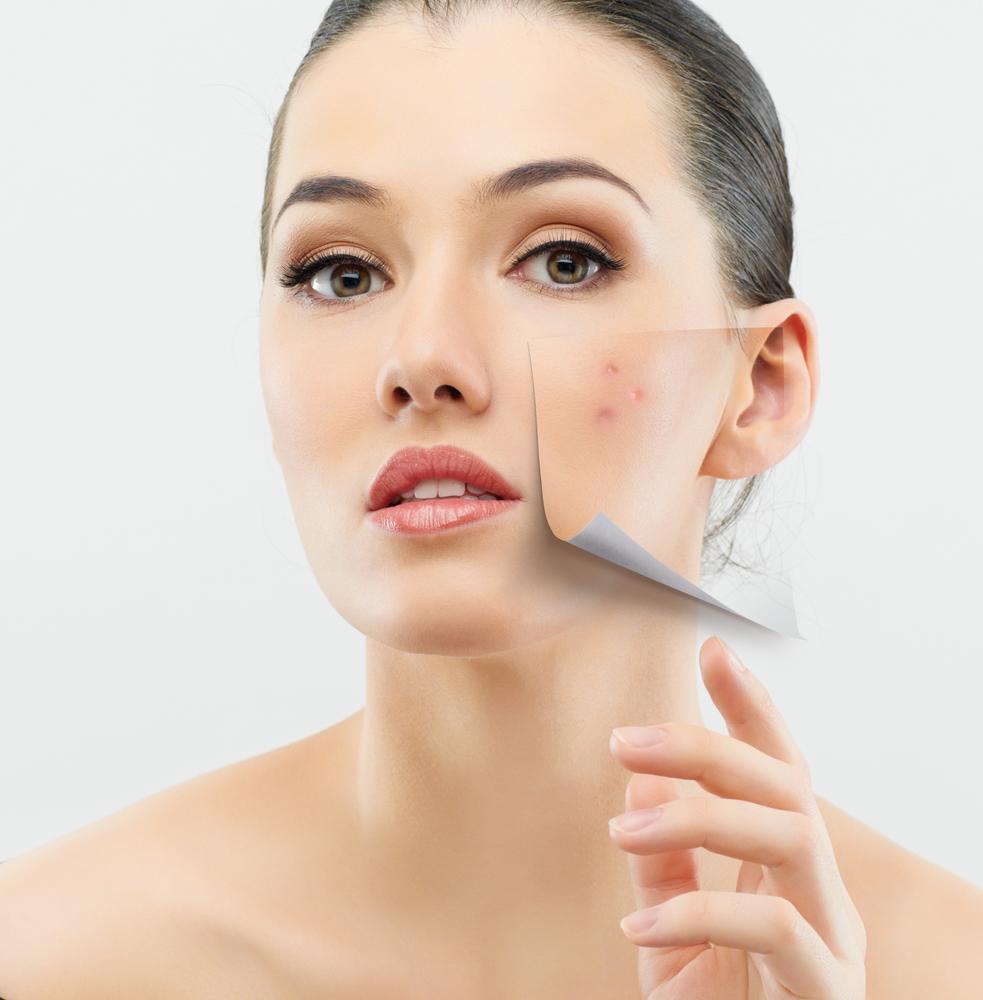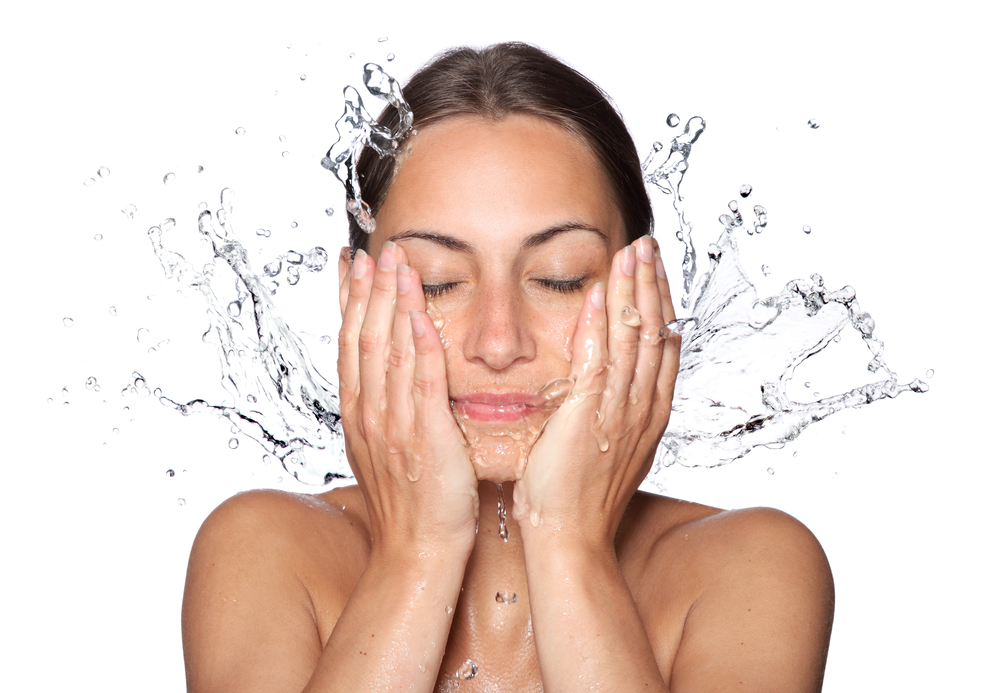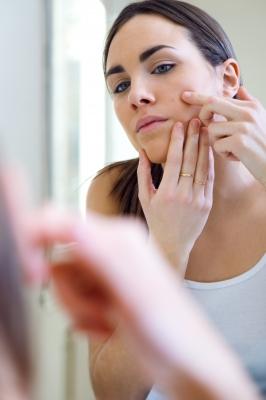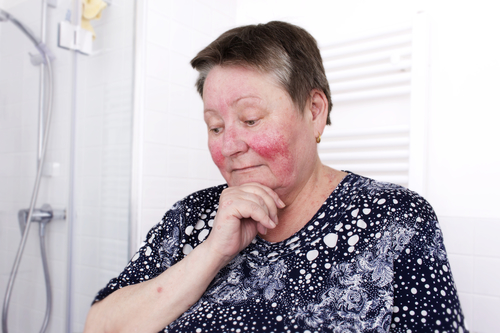
With so many different skin conditions out there, it’s hard to distinguish what exactly the condition is and how serious it can be. Is it acne, irritation or something underlying that requires medical treatment? Either way, a skin condition, especially one on the face, can bring about self-esteem and social insecurities. Rosacea is a chronic condition that leaves a lasting redness or flushing on the cheeks, nose, chin or forehead. Doctors aren’t sure what the cause is or how to cure it, but there are medications and treatment options available to manage flare-ups. Rosacea is mistaken often as acne in its early stages, but if it is left untreated, the condition will become worse and can cause permanent damage to the skin. If you think you have rosacea, visit a dermatologist immediately to be diagnosed and to get an individualized treatment plan.
Acne vs. Rosacea
When rosacea looks like acne in its early-stages, it’s hard to determine the difference and when it’s time to see a dermatologist. Pimples and small, red bumps are common symptoms of rosacea. This is why the two often get mistaken for each other. Remember that rosacea usually affects the central region of the face. Acne will show up on the entire surface, as well as the shoulders, back and chest. Blackheads are another indicator that it’s probably acne.
Who Can Get Rosacea?
The answer is anybody. Over 16 million Americans suffer from rosacea . The development can appear in many forms and at any age, though it is typically only after the age of 30. The condition affects people from all skin types, but people with a fair skin tone are more susceptible. Blushing or becoming flushed easily is an indicator of early onset rosacea. While the condition is more frequent in women, it is more severe among men.
How Dermatologists Diagnose
There are many symptoms that lead dermatologists in diagnosing a patient with rosacea. Persistent redness and the thickening of the skin are the major signs that doctors can observe independently to make the diagnosis. The face having persistent redness, like an unfading sunburn, is a main indication of rosacea. In many cases, the skin on the face thickens, especially around the nose, which causes facial disfigurement or even insufficient nasal airflow. Secondary symptoms include:
- A history of frequent blushing or flushing
- Small, red bumps or pimples in the absence of blackheads or regular acne.
- Visible blood vessels
- Eye irritation
- Swollen, dry skin that burns or stings
According to the National Rosacea Society, 90 percent of patients diagnosed with the condition have lowered self-esteem to the point that they avoid social contact and going out in public. Finding the correct way to manage rosacea for individual cases can help with this. Over 70 percent of the people surveyed said that the medical treatment of their condition dramatically improved their social and mental well-being.
Managing YOUR Rosacea
People who suspect they have rosacea should make an appointment with a dermatologist immediately to be diagnosed and to devise a personalized treatment plan. If left untreated, rosacea can permanently affect the appearance of the face by leaving the skin bumpy or swollen due to the excess tissue. Oral and topical medications are available for people to manage the condition. Anti-inflammatory therapy is required to control flare-ups in severe cases.
A delicate skin care routine is beneficial for people living with rosacea. Use a mild, non-irritating cleanser with lukewarm water. Sunscreen is necessary if the skin is going to be exposed to the sun. Use cosmetic foundations with a green tint to conceal the redness. Makeups that are pink or orange-based will only intensify the red color. Sun exposure, heat, alcohol, strong emotions, caffeine and spicy foods are all triggers that can cause a flare-up. Keep a journal or daily log of activities that coincide with the flare-ups, so you can start changing your lifestyle and start living your best life.
Ready to see a dermatologist to come up with an individualized treatment plan to help manage your rosacea? At Knoxville Dermatology Group, our doctors are committed to the best quality care and will always put you first. To make an appointment, visit us online or call us at (865) 690-9467.
